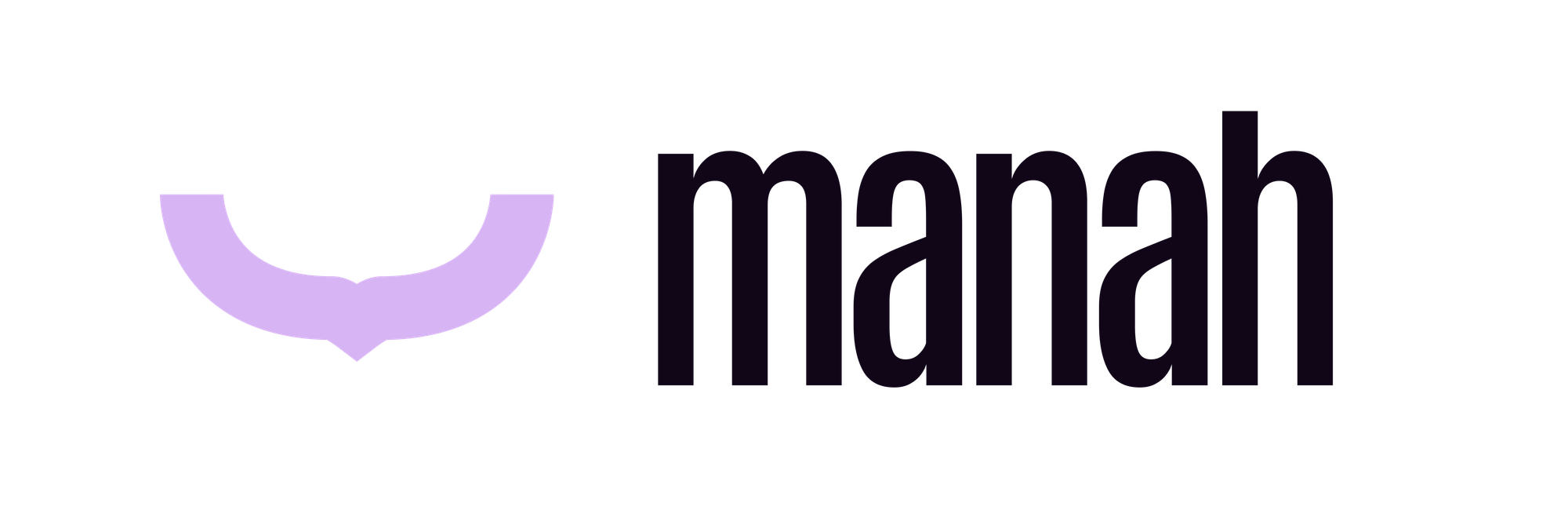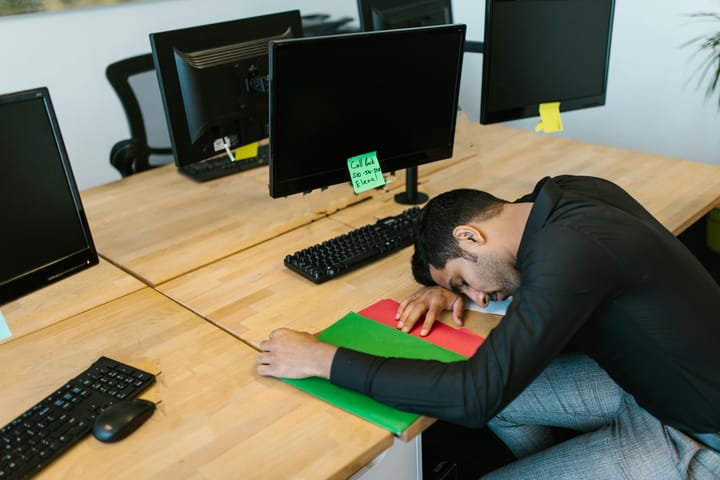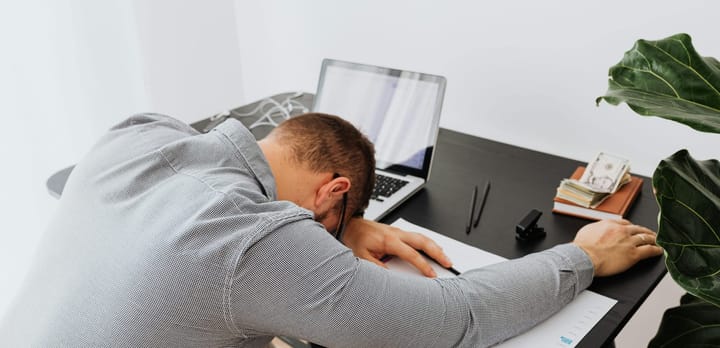5 Ways to Finding Balance in an Always-Connected World

Your day starts with checking your phone and checking the company's WhatsApp groups for any new information and updates. Your day ends with you lying in bed and replying to the messages of your manager. Does this sound familiar to you? If yes, then you should read ahead. While technology has increased accessibility and availability in our connected world, we don't want to wait a week for a response. However, it has also turned out to be a double-edged sword. It has increased others' expectations of constant availability, making us hyperconnected.This blog explores the harmful effects of hyperconnectivity and how we can change it to strike a balance of digital wellness.
Signs and symptoms of digital fatigue
Physical Manifestations
Many people experience persistent headaches and eye strain accompanied by neck and shoulder tension from prolonged device use. Sleep patterns often become disrupted, with many unable to rest despite physical exhaustion.
Impact on Mental Health
Constant digital consumption fundamentally alters our mental state. Productivity often decreases despite longer working hours. Many experience increased stress levels and anxiety, while creativity and problem-solving abilities suffer.
Blurred Line Between Work and Personal Life
The traditional boundaries between work and personal life have largely dissolved in our digital age. There is pressure to respond to messages immediately, even after working hours or on weekends.
Common Workplace triggers
Information excess arrives through countless browser tabs, news updates, and social media feeds. Technology-related pressure builds as professionals navigate constant system updates and new digital tools.
Practical strategies for digital wellness
5 Ways to Setting Meaningful Boundaries
- Start by assigning some areas of the house as Digital-free Zones. Don’t use your devices there to increase creativity and better personal connections.
- Allocate fixed time slots for deep work and silence all notifications during these hours. Structure your day using tools like Google Calendar or time-blocking apps (e.g., Toggl and Clockify).
- Set aside specific hours when you will completely disconnect from your phone, such as early mornings, mealtimes, or family evenings.
- Use screen time management apps using your device’s built-in tools or third-party apps (e.g., Digital Wellbeing for Android, Screen Time Management for iOS).
- The last and the most difficult one is a digital detox. Start small and make it a habit of consistently showing up for the detox.
Creating an Organized Digital Workspace
Just as a cluttered physical desk can impair productivity, a disorganized digital workspace can overwhelm your mind.
Begin with a thorough digital decluttering: archive old emails, organize files into a logical folder structure, and uninstall unused applications. Keep your digital tools streamlined by maintaining only the essential applications and organizing them into categories based on their purpose and frequency of use.
Achieving Work-Life Balance
In today's connected world, achieving work-life balance through complete work-life separation may be unrealistic, but thoughtful integration is achievable. Start by maintaining separate devices or profiles for work and personal use when possible. This creates a physical boundary that helps your brain switch between professional and personal modes.
Develop transition rituals that signal the end of your workday, such as a short walk, meditation, or simply powering down your work devices.Establish clear policies for handling work communications outside office hours. Remember that technology should serve as a tool for enhancement, not a source of hindrance. Creating Sustainable Change
The most effective digital wellness strategies are those that you can maintain long-term. Monitor your progress and adjust your approaches based on what works best for you. Keep in mind that different strategies may work better during different periods of your life or career.
Remember, the goal isn't to eliminate digital technology from your life but to create a healthier, more balanced relationship with it.
Building Healthy Digital Habits
Building healthy digital habits is a journey of small, consistent changes rather than dramatic transformations.
- Start by tracking your digital usage. Install an application and then analyse your goals for digital usage.
- Set one clear and small goal to initiate this journey. Once this becomes natural (usually after 2-3 weeks), add another goal.
- For every digital habit you want to change, have a non-digital alternative ready. Keep books handy or plan outdoor activities. Make the alternative more convenient than reaching for your device.
- Share your goals with someone who can check in on your progress. Celebrate achievements with non-digital rewards that reinforce your new habits.
FAQs
How do I manage expectations for instant responses?
The pressure to respond instantly to every message can be overwhelming and counterproductive. Start by setting clear communication expectations with your team. Explain your response time framework, for instance– you'll respond to urgent matters within an hour and regular communications within 24 hours. Establishing these expectations at the start is important for healthy relationships.
How do I balance remote work with digital wellness?
Remote work shouldn't mean being constantly available. Structure your day with clear start and end times, just as you would in an office. Create a dedicated workspace that you can physically leave, signalling the end of your workday. Use status messages on communication platforms to indicate your availability and focus times.



